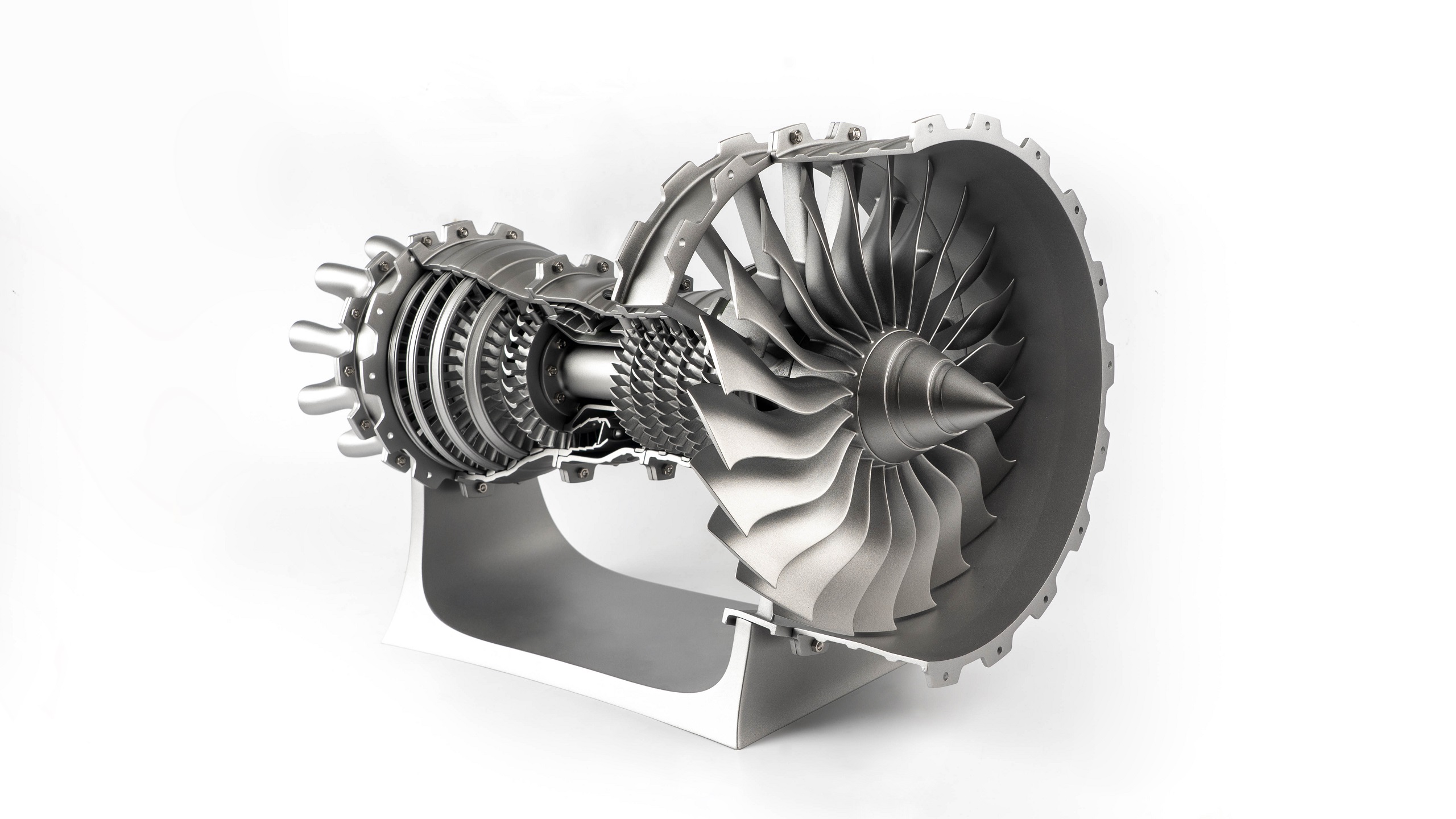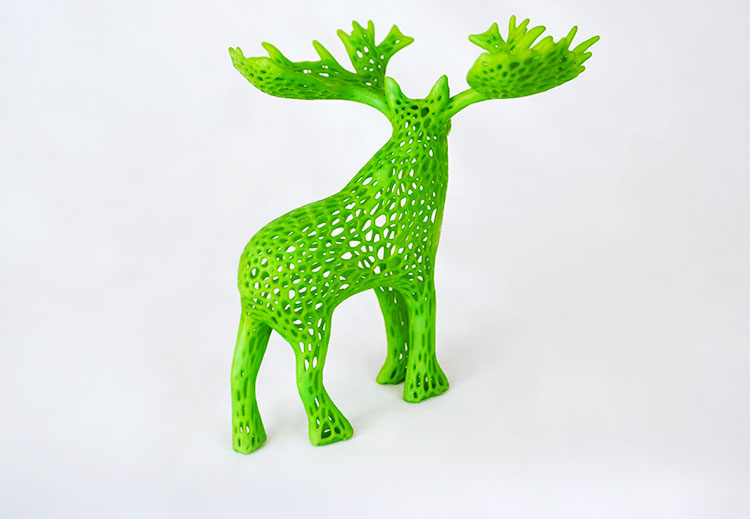Instant 3D Printing Solutions: Transform Production with QSY On-Demand!
I. Introduction
For individuals and companies requiring specific design needs, 3D print on demand services are transformative. These online providers leverage the latest additive manufacturing advancements to deliver specialized 3D printed components swiftly and affordably. This article explores how these services overcome conventional manufacturing constraints through speed, flexibility, and accessibility and also recommends to you a reliable custom 3D printing provider: QSY.

II. Rapid Response in 3D Printing
A key benefit of 3D print on demand is the rapid shipping of custom components. By using multi-facility digital production networks, parts routinely ship within 1-2 days of ordering. Two vital elements enable such responsive fulfillment: streamlined digital processes to coordinate design-to-delivery workflows, and advanced software integration to automate production and quality management.
Streamlined Process for Speed
Online 3D print services feature seamless digital workflows to coordinate the design, engineering, production, and distribution processes efficiently. 3D model files can be directly uploaded to the service provider’s portal, allowing procurement and engineering teams to quickly obtain quotes and conduct product analysis. Any required design revisions are quickly implemented through an iterative process, with parts reprinted rapidly as needed. With industrial 3D printers operating 24/7, this facilitates the fast production and delivery of custom parts on-demand. By keeping the entire workflow digital from order intake through shipping, handoffs are minimized, and throughput is maximized.
Advanced Software Integration
Advanced Software Integration
Advanced software algorithms automatically check models for printability, flag any issues, and provide pricing quotes back to the customer within minutes. This rapid design analysis and feedback loop reduces back-and-forth delays versus manual checking. Once orders are placed, production management software examines the parameters of each job and allocates it to the most suitable printer across the manufacturing network. Factors considered include machine availability, material requirements, build dimensions, finishing needs, and targeted ship date. Sophisticated algorithms balance all these variables to optimize production flow and speed. Real-time monitoring tracks each build’s progress and makes dynamic adjustments to meet customer deadlines if bottlenecks arise. By optimizing the digital thread across the entire order-to-delivery spectrum, lead times for custom parts can be reduced drastically compared to traditional workflows.

III. Custom 3D Printing Service: Tailoring to Needs
A key difference between 3D printing and conventional manufacturing is its exceptional flexibility. Additive manufacturing technology can produce virtually limitless geometries and intricate internal structures without being constrained by the tooling limitations inherent in traditional subtractive and formative approaches. This enables the creation of custom parts tailored to meet specific application requirements and performance criteria. From providing a wide palette of materials/techniques to facilitating design adaptations, online services empower customers to dial in the exact specifications needed.
Variety of Materials and Techniques
Leading 3D print on demand providers offer an extensive array of materials, including engineered plastics, industrial-grade thermoplastics, metals, elastic resins, and composites. A range of printing processes can be leveraged, such as Fused Deposition Modeling (FDM), Stereolithography (SLA), Selective Laser Sintering (SLS), Direct Metal Laser Sintering (DMLS), and more. This allows customers to select the optimal material/technology combination that offers the desired mechanical properties, aesthetics, functionality, and design freedom. Parts can also be post-processed with treatments like dyeing, vapor smoothing, metal plating, and CNC machining to achieve precise customer-defined performance characteristics. Application engineers provide guidance to identify the ideal material and printing technique for a given application based on key criteria such as mechanical requirements, geometry, accuracy needs, operating conditions, etc.

Design Flexibility
The 3D printing process facilitates significant adaptation of designs to meet custom functional requirements. Online services provide user-friendly CAD tools to easily modify existing models or develop completely new designs from scratch in collaboration with engineering teams. Experienced designers help assess models to identify areas for improvement, then refine and optimize the geometry to enhance functionality, ergonomics, manufacturability, durability, and aesthetics. Any design changes can be easily and rapidly incorporated throughout the agile development process to quickly achieve customization objectives. By leveraging 3D printing’s flexibility through an iterative design approach, customers can develop innovative products tailored specifically to their unique needs and constraints.
IV. Overcoming Traditional Manufacturing Limitations
Beyond enabling speed and flexibility, 3D print on demand services are breaking down two major economic barriers of conventional manufacturing: high minimum order quantities and finished goods inventory necessities. By utilizing a digital on-demand production model, services can cost-effectively address customers’ exact needs versus relying on volume-based amortization.
No Minimum Order Requirement
A major prohibitive factor with traditional manufacturing methods is the requirement for large minimum orders to achieve reasonable per-unit pricing. This necessitates customers to make substantial upfront investments in volume production, which also mandates holding extra inventory. 3D printing flips this model by removing minimum order requirements at consistent unit economics, even producing very low volumes cost-effectively. Customers can purchase exactly the quantity immediately needed, whether that is one part or one thousand. This significantly lowers financial risk, working capital requirements, and storage needs while expanding access to realize innovations.
On-Demand Production
Traditional production necessitates batch manufacturing and stocking substantial finished goods inventory to buffer against long production lead times for future orders. This approach ties up cash flow and warehouse space. With 3D print on demand services’ rapid fulfillment speeds, future demand can instead be met on-demand, printing parts as needed. This just-in-time capability eliminates large batch orders and excess inventory stocks, reducing carrying costs. Capital can be allocated more efficiently while retaining exceptional responsiveness to fluctuating market demand.
V. Enhancing Efficiency with Global Digital Networks
A final differentiator of professional 3D printing services is leveraging global digital manufacturing networks to enhance customer experience. Distributing production across multiple regional facilities provides advantages in delivery times, improved flexibility, and built-in redundancy compared to a single centralized plant. Strategic facilities located closer to target customer markets improve logistics speed and cost efficiency, similar to globally distributed cloud computing infrastructure. If a printer goes offline at one facility, production is simply reallocated digitally across the network to minimize disruption. This distributed system enhances supply chain resilience, production capacity, and lead time competitiveness, which are essential for fulfilling on-demand orders.
VI. Why Choose QSY?
QSY provides an unbeatable 3D printing solution that is accessible online. Customers can obtain accurate, precise parts in a budget-friendly manner. Just upload your 3D CAD file and receive instant pricing and lead time quotes. Whether you need a single prototype or bulk production-grade components, QSY can print them on demand.
Founded in 2015 as a spinoff from a leading prototype and manufacturing enterprise, QSY leverages exceptional manufacturing heritage and expertise. We are dedicated to delivering seamless online 3D printing, quoting, production, and rapid molding solutions.
Our mission is to support product development and technological innovation by providing exceptional quality parts and stellar service. We aim to create value for customers and make positive contributions to societal progress.
QSY offers premium 3D printing services, including:
SLA 3D Printing:
Ultra-high accuracy of ±0.1mm/100mm. Massive build volume of 17,000mm x 800mm x 600mm. Fastest turnaround time of 24 hours. Smooth surface finish ideal for complex, high-precision components. Brittle parts are not suited for functional prototyping.
SLS 3D Printing:
Precision to ±0.2mm/100mm. Moderate build size of 450mm x 450mm x 300mm. Quick 3 day lead time. No need for supports, and good for functional prototypes. Rougher, grainy surface texture.
FDM 3D Printing:
Accuracy of ±0.3mm/100mm. Build dimensions of 400mm x 400mm x 400mm. 5-day turnaround possible. Shorter cycles and high strength. Limited precision and surface quality with higher costs.
Quality Assurance of QSY
- Product qualification rate exceeds 99.8%
- On-time delivery over 98%
- 300,000+ positive customer reviews
- Internationally certified quality systems
- Dozens of precision inspection tools
- 100% inspection rate
VI. Conclusion
3D print on demand represents a paradigm shift in manufacturing enabled by additive technologies. Online services like QSY provide design customization paired with unprecedented production speed to meet customer-specific requirements. By eliminating barriers of minimum orders, high costs, and long lead times, product innovation is now more accessible for businesses and individuals alike.
As the digital manufacturing ecosystem continues advancing, on-demand 3D printing services will become ubiquitous across industries in the same way cloud computing transformed internet services. The unique combination of flexibility, accessibility, and responsiveness offered by cloud-based provides such as QSY creates distinct competitive advantages for any organization adopting this technology.
To get started with your own custom 3D printed parts, simply visit QSY. Uploading your 3D CAD models takes just minutes for quoting, analysis, and order placement. QSY’s global digital production network ensures your parts can be delivered rapidly and reliably. Contact our application engineers with any questions on optimal materials, printing techniques, or design for manufacturing considerations. QSY is dedicated to easing your transition into additive manufacturing to achieve your product goals with speed, quality, and service excellence. The future of digital, distributed manufacturing starts today!




